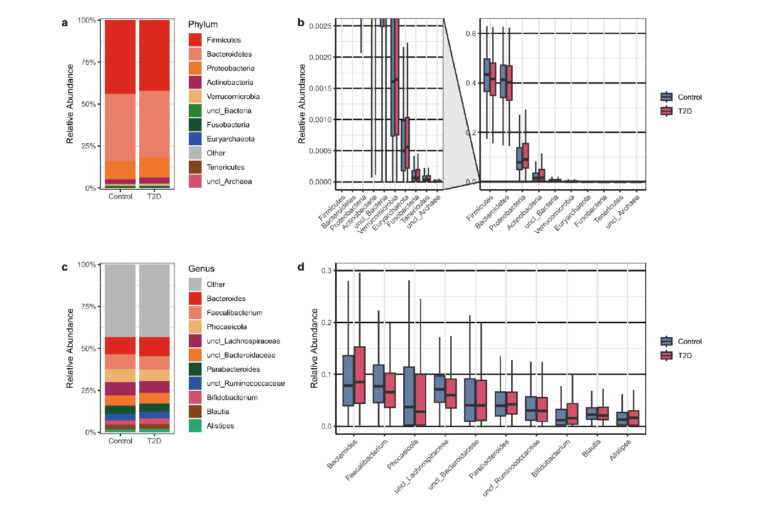Why Your Gut Microbes Could Signal Type 2 Diabetes RisK
by Anna Sandhu | Sep 02, 2025
Reviewed by Dr. Arun, M.Pharm., PGDRA, Ph.D.

This study looked at the tiny living organisms (microbes) in the guts of Chinese people who have Type 2 diabetes (T2D) and compared them with people who do not have T2D. The researchers wanted to see if the gut microbe communities are different in people with T2D and if things like where someone lives (geographic region), what they eat (diet habits), and other health problems (comorbidities) influence those microbe differences.
How they did the study & what they looked at
The researchers collected stool (poop) samples from many people: 508 people with T2D and 1,538 people without T2D (controls) in China. They used a method called 16S rRNA gene sequencing to see what kinds of microbes were in the gut.
They then compared the microbial composition and looked for “microbial signatures” that are linked to T2D. They also asked about where the people lived, what staple foods they ate, whether they drank coffee, and whether they had other health problems like high blood pressure.
What the research found
- People with T2D had significantly different gut microbe communities than people without T2D. Differences were seen in both the kinds of microbes present and their diversity.
- The researchers identified about 20 microbial signatures that were associated with T2D.
- They found that these signatures increased their accuracy in classifying who had T2D when used in models together with other health and lifestyle factors.
- Importantly: things like where someone lives, what they eat (for example different staple foods), coffee drinking habits, and other illnesses (such as hypertension) were linked with specific gut microbial signatures. This means these lifestyle and health‐factors may shape the gut microbes and thus relate to T2D risk.
Key Take-aways
- The gut microbe communities are different in people with type 2 diabetes vs those without.
- There are identifiable “microbe patterns” (signatures) that go with T2D in this Chinese population.
- Lifestyle and place matter: diet habits, region, other illnesses influence the gut microbes and may thereby influence T2D.
- These microbe signatures might help in the future for diagnosis or personalised management (tailoring diet or treatment) of T2D.
- The study suggests that modifying lifestyle (diet, region-related habits) might change gut microbes and thus influence type 2 diabetes risk.
Final Thoughts
Gut microbes are strongly tied to diseases like type 2 diabetes and what we eat, where we live and other health conditions all shape those microbes. For you and me, this means that keeping our gut healthy (with good diet, minimal unhealthy habits), being aware of other health issues (like high blood pressure), and recognising that place and lifestyle matter may all help reduce diabetes risk or manage it better. this research opens the door to the idea that gut microbes could become part of how we understand, detect, and treat type 2 diabetes in the future.
